Wireless Hill Future – Part 1 of 6
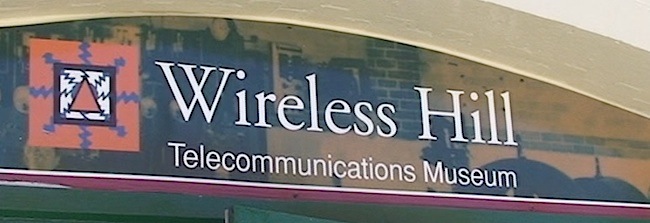
In 2012, the former Applecross Wireless Station, now known as Wireless Hill Park, will celebrate its 100th anniversary with community plans well underway to mark this historic occasion. The wireless station was decommissioned in 1967 with a Telecommunications Museum established on the site in 1979, as an important reminder of the early days of radio in Western Australia and as a site protected by the State’s heritage laws and recognised for its significant contribution to telecommunication links between Australia and the rest of the world.
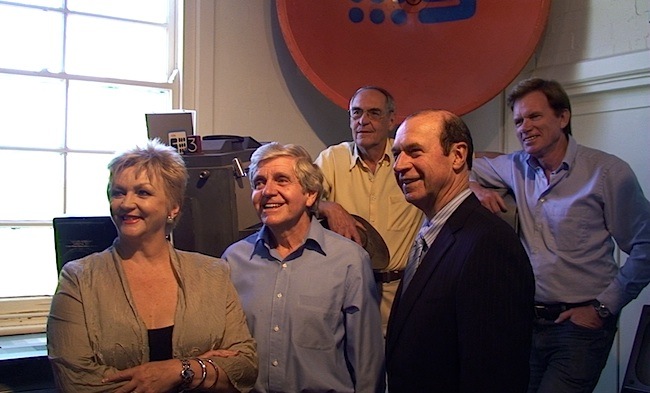
Television and Radio veterans at Wireless Hill Jenny Seaton, David Hawkes, John Barnett, Gary Carvolth and Russell Goodrick
Sadly it seems that much of the museum collection will soon be without a home as the City of Melville moves away from commemorating our telecommunications and broadcasting heritage to concentrating on the indigenous history, the wildflowers, the birdlife and the history of the buildings and site. This follows research commissioned by Melville into community needs between 1995 and 2005 by researcher Shirley Barnes and Associates (Shirley served many years with state and local government on issues related to recreation and sport throughout WA).
[CITY OF MEVILLE RESPONSE - no decision has been made with regards to the collection until the Significance Assessment is completed by Cathy Day, Heritage Consultant. The Significance Assessment will outline recommendations for the future collection. The future of the building will remain as a Wireless Hill Museum which will still house a collection of significant telecommunications objects. The new display (of the site history of the former wireless station) will be more flexible, thus allowing for potential changing telecommunication displays and of other TEMPORARY site histories to be told at various times eg., flora & fauna unique to Wireless Hill, and the Indigenous History of the site., as recommended in the site Interpretation Plan (completed 2011)].
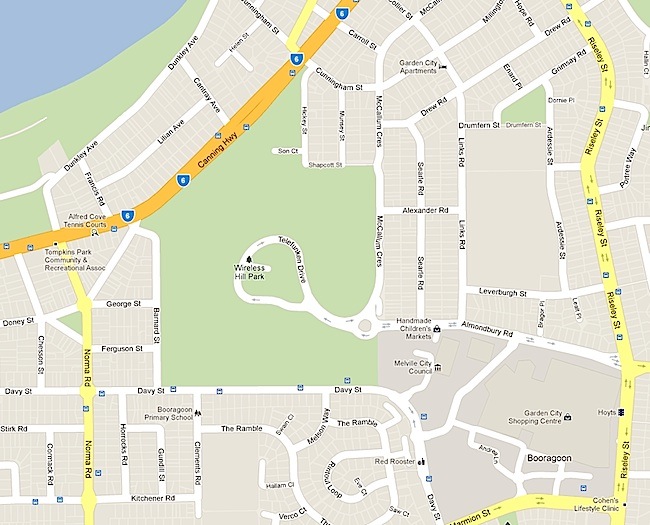
Location of Wireless Hill Park
Wireless Hill Park is a 40 hectare, A Class Reserve located in the suburb of Ardross. It is bound by Canning Highway to the north and Davey Street to the south, McCallum Crescent to the east and Barnard Street to the west. It contains bush land for the purpose of public open space and recreation and is predominately surrounded by residential development.
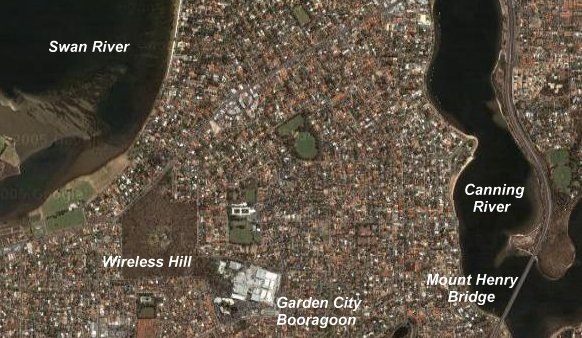
Satellite view of the area once known as the Applecross Wireless Station
The Applecross Wireless Station was built in 1912 by the German Company Telefunken and used before, during and after World Wars I and II to communicate with ships and the Antarctic bases. It was also the first transmission site for radio station 6PR and fulfilled a number of other wireless related matters. The Station was officially decommissioned in 1967 and vested in the City of Melville in August 1969 and named Wireless Hill Park in February of 1971.
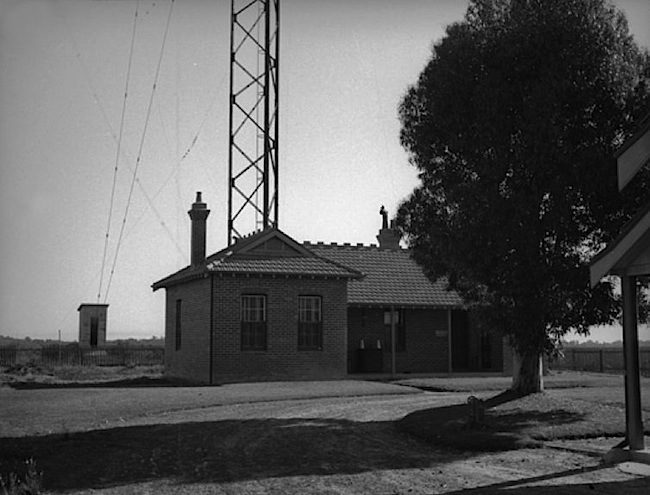
Wireless Operator’s Building in 1912
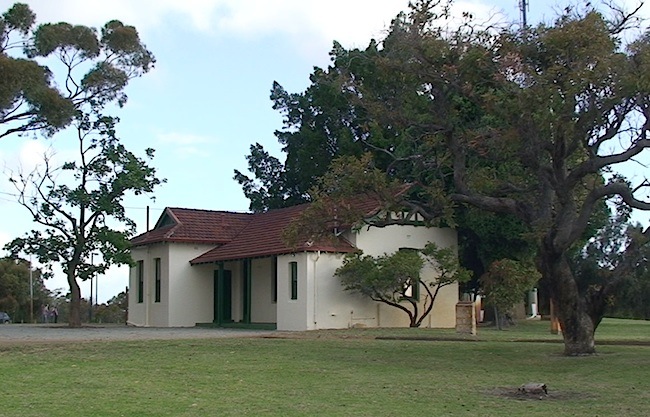
Wireless Operator’s Building in 2011
The Telecommunications Museum officially opened on October 14, 1979.
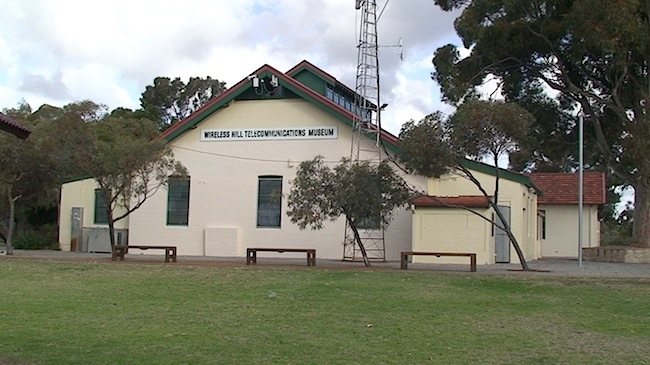
Former Engine Room was used for the museum
Wireless Hill is considered to be of national significance to Australia and is listed on the Register of the National Estate and the State Register of Heritage Places. Until recently, The Wireless Hill Telecommunications Museum was situated at Wireless Hill, in the former Engine Room of the old Applecross Wireless Station.
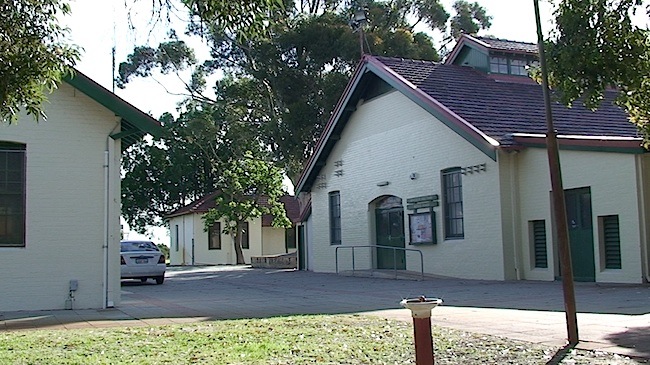
Museum Building (Engine Room) looking towards Operator’s Hut with Capital 101.7FM (Seniors community radio station) building to the left
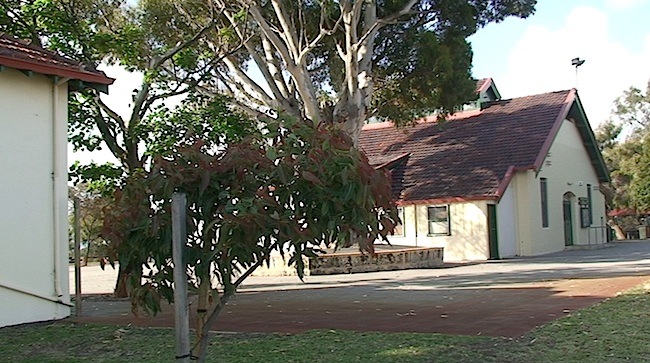
Viewing Engine Room from near Operator’s Hut
The former Applecross Wireless Station is now owned by the City of Melville (operated by Museums and Local History Services).
The City of Melville considers that the collection spoke mainly to a highly specialised audience, people only interested in the equipment and its use. Something that the Melville ratepayers paid less attention to. Compounded by the fact that the museum has remained closed in recent years and only available for inspection by appointment.
The display included a number a large items, such as TVW’s first videotape machine and the former 6WN Perth and 6DL Dalwallinu transmitter, which lack portability and made the exhibit static in nature, hence it was difficult to rotate items to keep the exhibit fresh and interesting.
In order to ensure repeat audiences The City of Melville’s consulted report ‘The Interpretation Plan for Wireless Hill’ recommends that a display be interchangeable and easy to move out when special educational events are mounted. The Wireless station story will remain the main theme of the museum, which now will also tell of the indigenous population, wildlife and wildflowers. Other than the original buildings, only two authentic relics remain of the site’s pioneering period. An insulator fragment and a wooden coil former. It will require an audio/visual presentation to recreate the atmosphere now lost.
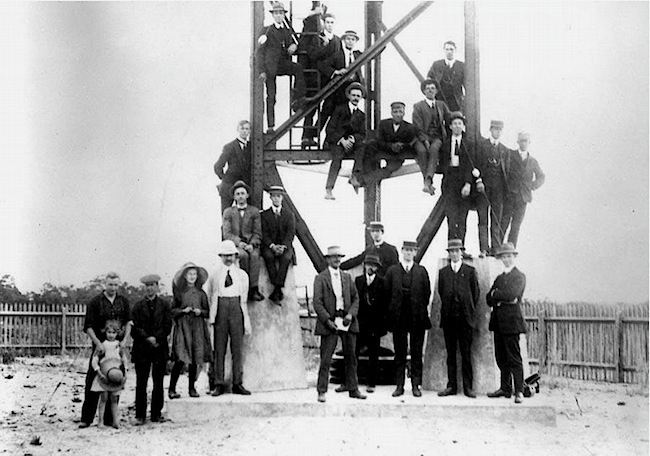
(City of Melville photo)
A selection of photos is the only thing that remains which accurately depicts what european activities took place on the site. Many of these are shown in our story that can be found at: WA History: from Telegram to TV – Part 1 of 5
Wireless Hill Future – in six parts
- Wireless Hill Future – Part 1 of 6
- Wireless Hill Future – Part 2 of 6
- Wireless Hill Future – Part 3 of 6
- Wireless Hill Future – Part 4 of 6
- Wireless Hill Future – Part 5 of 6
- Wireless Hill Future – Part 6 of 6





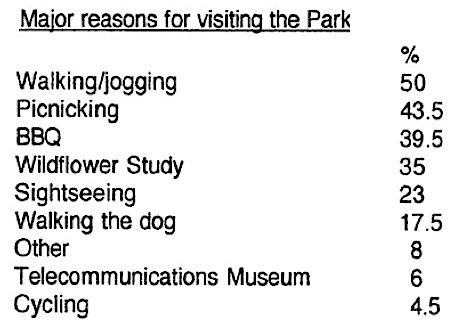




Dear Ken
Who reads this reply of mine? Just you? Anyone reading the above info? In that case I will spell correctly with no abbreviations and no cursing or belching (in case this is being transmitted) and I will wear something modest in case you are filming me. It is all very interesting, especially the photos. I love the hats in the group photo. Yes, a hands-on exhibit would attract the kids, maybe a toaster turned on, churning out crumpets and toast for the picnickers, and then hand a knife to one of the kiddies to stick in the toaster. When he is thrown across the room, making a black outline on the far white wall, this can be an exhibit in itself. A carbon footprint so to speak.
xxxxxxxxxx
J
Now that’s what I call value for my rates.You could even even film it to watch in slow motion.